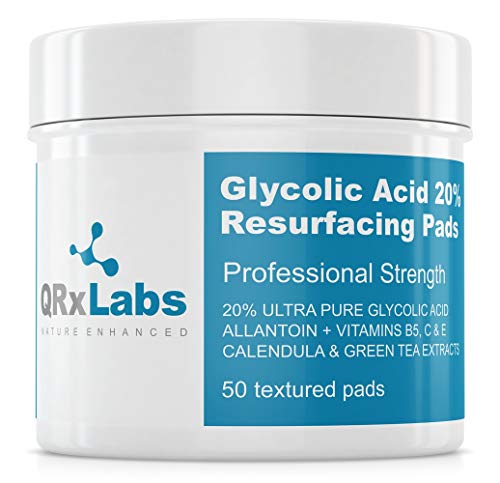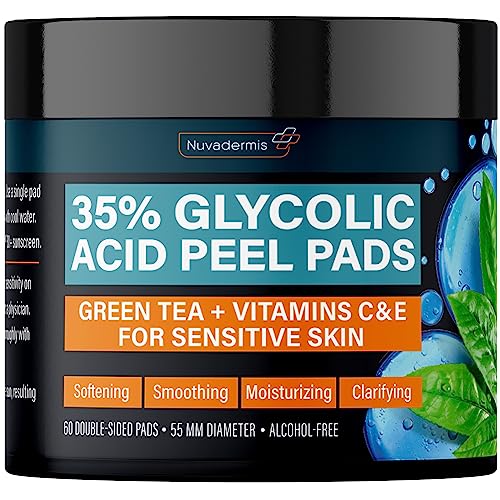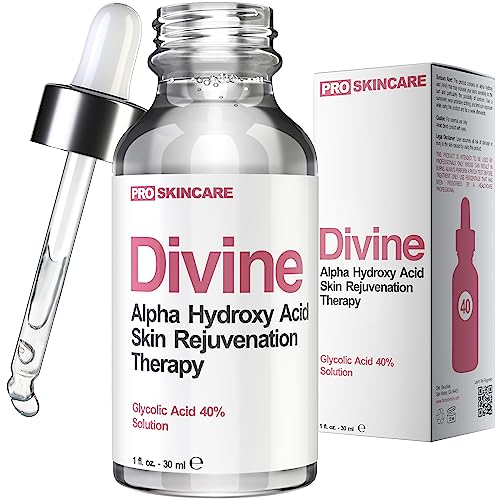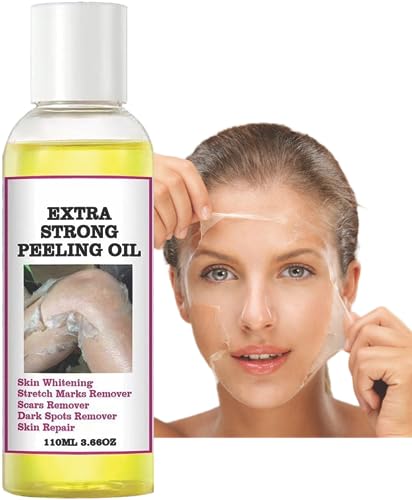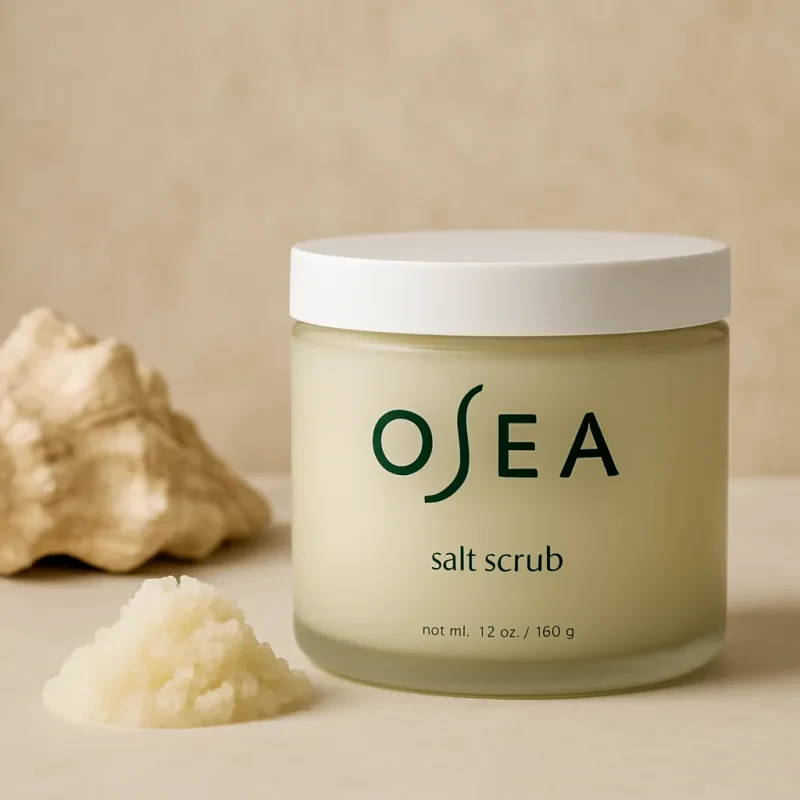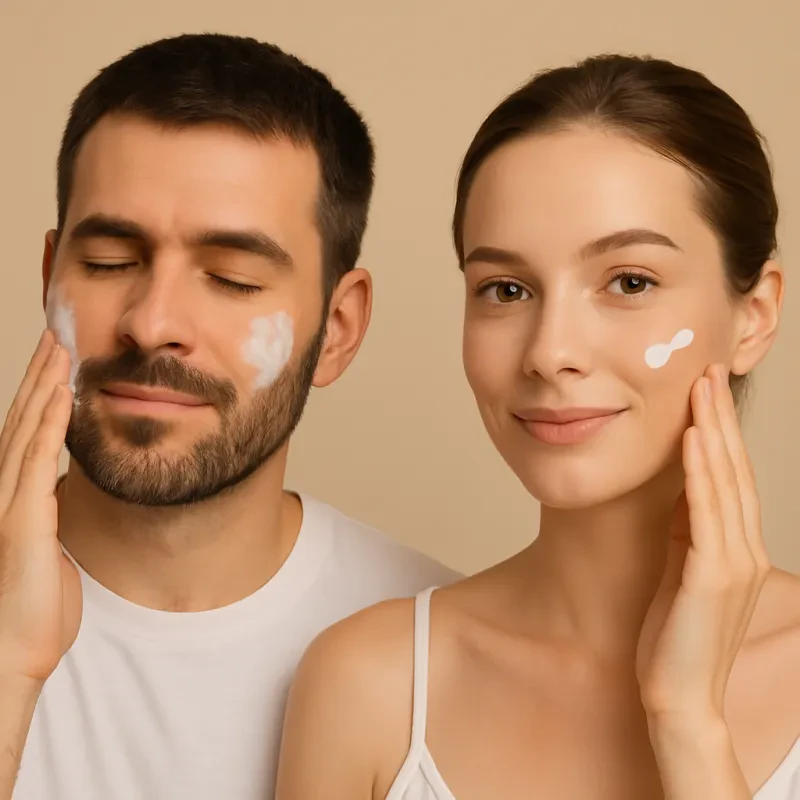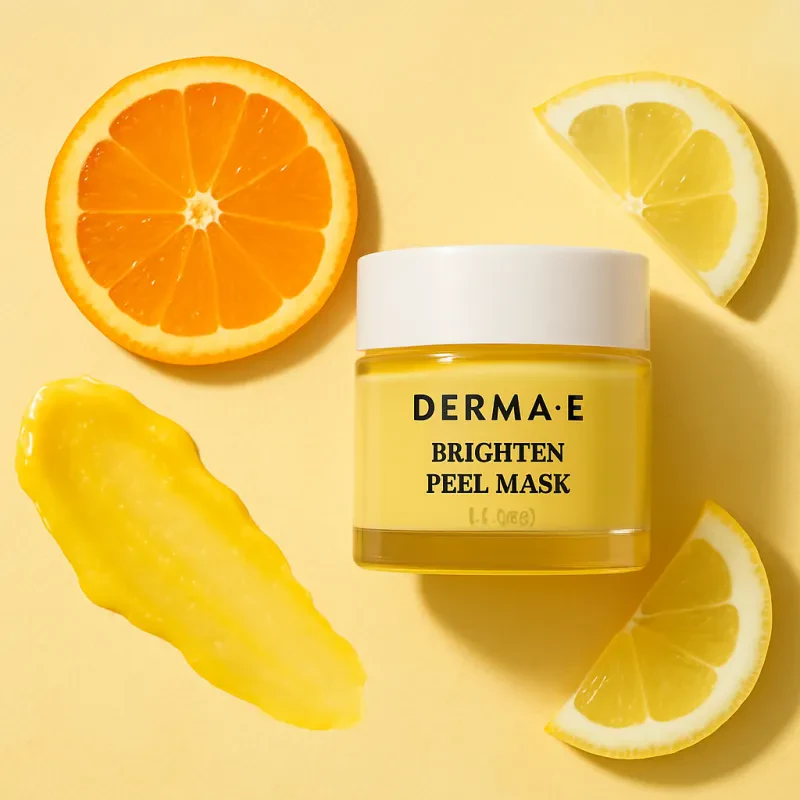Chemical peels are a popular skincare treatment that can help improve the appearance of the skin by removing dead skin cells and stimulating cell turnover. So, how do chemical peels work? During a chemical peel, a solution containing various acids, such as alpha hydroxy acids (AHAs), beta hydroxy acids (BHAs), or trichloroacetic acid (TCA), is applied to the skin. These acids work by exfoliating the top layers of skin, which helps to reveal smoother, more youthful-looking skin underneath.
The depth of the peel and the type of acids used will determine the extent of the exfoliation and the results that can be achieved. Superficial peels use milder acids and only penetrate the outer layer of skin, making them ideal for mild exfoliation and brightening the complexion. Medium peels penetrate deeper into the skin, targeting uneven skin tone, fine lines, and acne scars. Deep peels are the most intensive, penetrating several layers of skin to address severe sun damage, deep wrinkles, and other concerns.
After the chemical peel is applied, the skin may appear red and feel tight for a few days as it heals and regenerates. It is important to protect the skin with sunscreen and avoid excessive sun exposure during the healing process. Over time, as the old skin peels away, the skin will look smoother, firmer, and more youthful. For best results, it is recommended to follow up with a good skincare routine to maintain the effects of the chemical peel. This "chemical peels information guide" is designed to provide you with everything you need to know about this popular skincare treatment.
Benefits of Chemical Peels
Chemical peels are a popular skincare treatment that can provide numerous benefits for your skin. One of the main advantages of chemical peels is that they can help improve the appearance of fine lines and wrinkles, leaving your skin looking smoother and more youthful. In addition, chemical peels can also help reduce the appearance of acne scars and hyperpigmentation, leading to a more even complexion.
Another benefit of chemical peels is that they can help unclog pores and prevent breakouts, making them an excellent option for those with acne-prone skin. Additionally, chemical peels can stimulate collagen production, which can help improve the elasticity and firmness of your skin over time. This can lead to a more youthful and radiant complexion.
Overall, chemical peels are a versatile skincare treatment that can address a variety of concerns, from acne to aging. If you're considering getting a chemical peel, it's important to consult with a skincare professional to determine the best type of peel for your specific skin type and concerns. With the right treatment plan, you can achieve smoother, clearer, and more radiant skin with the help of a chemical peels information guide.
Types of Chemical Peels
Mild chemical peels are perfect for those looking for a gentle exfoliation and skin rejuvenation. These peels typically use alpha hydroxy acids (AHAs) such as glycolic acid or lactic acid to remove the outer layer of the skin. They are great for improving skin texture, reducing fine lines and wrinkles, and minimizing the appearance of pores.
Moderate Chemical Peels
Moderate chemical peels involve the use of trichloroacetic acid (TCA) to penetrate deeper into the skin than mild peels. These peels are ideal for treating sun damage, pigmentation issues, and superficial scars. Moderate chemical peels provide more dramatic results compared to mild peels but may require a longer recovery time.
Deep Chemical Peels
Deep chemical peels are the most intense type of peel and typically use phenol to deeply penetrate the skin. These peels are reserved for more severe skin concerns such as deep wrinkles, significant sun damage, and scars. Deep chemical peels can provide long-lasting results, but they also require the longest recovery time and must be performed by a trained professional.
Preparing for a Chemical Peel
Chemical peels are a popular skin treatment that can help improve the appearance and texture of your skin. Whether you’re looking to reduce acne scars, fine lines, or hyperpigmentation, understanding how to prepare for a chemical peel is essential for achieving the best results. This section of the ultimate chemical peels information guide will outline the key steps you should take before undergoing a chemical peel.
One of the most important things to do before getting a chemical peel is to consult with a licensed skincare professional. During this consultation, they will assess your skin type, discuss your goals, and determine the best type of chemical peel for your specific needs. This step is crucial in ensuring that the chemical peel is safe and effective for your skin.
In the days leading up to your chemical peel, it’s important to avoid using any harsh skincare products that could irritate the skin. This includes retinol, alpha hydroxy acids, and beta hydroxy acids. It’s also recommended to wear sunscreen daily to protect your skin from UV damage, as chemical peels can make your skin more sensitive to the sun. Additionally, make sure to stay hydrated and maintain a healthy skincare routine to prepare your skin for the chemical peel.
On the day of your chemical peel, make sure to arrive at your appointment with clean, makeup-free skin. Your skincare professional will cleanse your skin and apply the chemical peel solution. Depending on the type of peel you’re getting, you may experience some tingling or mild discomfort during the treatment. Following your chemical peel, your skincare professional will provide you with post-care instructions to ensure your skin heals properly. By following these preparation steps, you can maximize the results of your chemical peel and achieve glowing, radiant skin.

